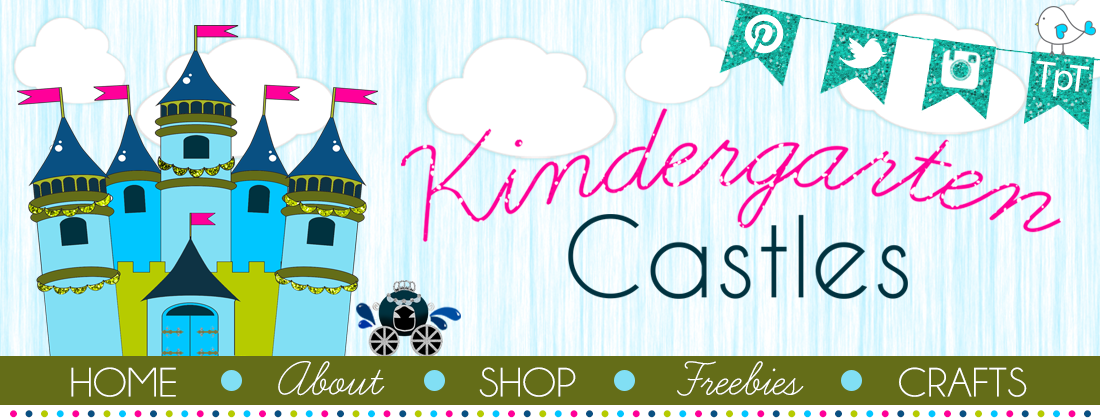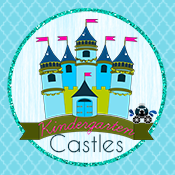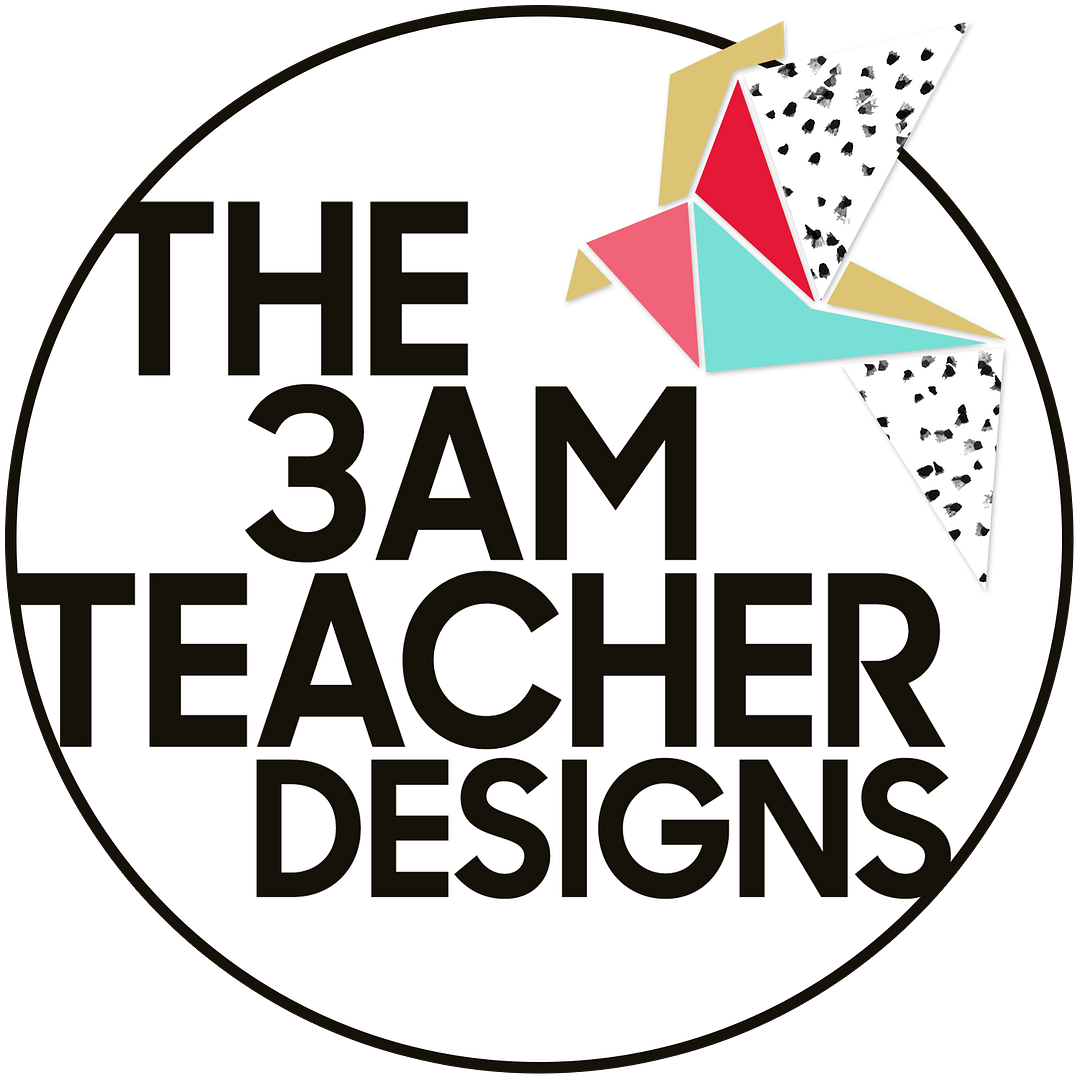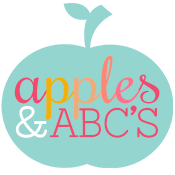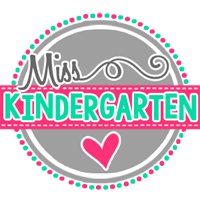Hello, All:
I'm at home sick and between WAKids (kindergarten state assessment) organization and data entry, I decided to upload some fun stuff. So here is my kindergarten-friendly "How do Dinosaurs Go to School?" art craft printable freebie.
Making art crafts has become a real hobby of mine. With all the assessments we have, and the paper-driven curriculum, I find it necessary to reinvent and differentiate materials with an element of fun and purpose-driven materials.
My children thrive on arts and crafts, and art is really the heart of teaching - we engage children through their imagination and this is my goal as a kindergarten teacher.
I hope you enjoy it. I'm off to bed again :)
You can download the FREEBIE HERE.
Find More Crafts HERE.
Thursday, October 23, 2014
Saturday, October 18, 2014
Preparing for Kindergarten Child Study – IEPs and 504s!
As a kindergarten teacher, I always want to set children up
for success and ensure they are getting the best learning opportunities and
resources available. Sometimes, what I can offer to 20+ students at one time
just isn’t enough for a student’s needs and that’s when I need to look at child
study. Child Study is a place where I can meet with a team of professionals at
my school to discuss a child’s needs and whether there is a need for an IEP or
504 plan.
This is my second year in kindergarten and I’ve taken two
children to child study and am taking more in my second year. There are many
reasons to not take a child to Child Study and many reasons that make sense to
take a child to Child Study.
Some Considerations
·
Some children aren’t fully developed (at least
in kindergarten) and so these children might just need more time.
·
Some children’s first experience is kindergarten
and need to learn social skills before further academic interventions can take place.
·
Some children have little exposure to academic
language, skills and concepts
Some Considerations
for Going to Child Study
·
You’ve tried multiple teaching methods to reach
this child and there seems to be a lack of understanding either on your part or
the part of the child
·
You’ve used visual, auditory and kinesthetic
movements to communicate with little or no luck
·
You’ve ruled out visual or auditory impairments
·
You need more ideas and collaboration
This article mainly will focus on ways to document and
prepare for Child Study. As you can see there are many reasons to wait on going
to child study and many reasons to go ahead and go to child study. It is my
belief that I need to find a good balance. I believe in giving children time to
develop, but I also want to be proactive – a proactive society leads to less
problems. The reasons are yours and documentation can never hurt. When in
doubt, document, document, document.
Documentation has been the toughest part of my day. In
kindergarten, one day seems like a week to me. My memory evaporated the minute
I became a kindergarten teacher! I’m just not one of those who can remember
anything anymore because snotty noses, untied shoes and lost backpacks or
jackets are the constant concerns of my kindergartners and then become my
concern. SO, here’s a method that has worked well for me and one I’m
implementing now to help me take a child to Child Study bat our school.
TAKE PICTUERS!
It seems so simple, but it has made my life so much easier!
As stated, I have a terrible memory. This might not work for everything, but
for learners who may have a slight delay, this works great! If I take a
picture, I can review it later and write the commentary. Otherwise, I might not
remember based on my memory alone since if I write a note (it usually gets
lost) or I just don’t have time to write the note. It also proves and shows
others some of the problems you might be facing! This is also great for parents
who do not understand some of the issues you might be facing – perhaps this is
their first child and they don’t see the delay or issue or they just see a
different side of a kiddo at home. This way, you can collaborate and work with
parents by presenting the facts and helping eliminate emotion from the
situation.
ORGANIZE AND DATE IT!
Inside a folder or binder include copies of emails sent to
parents and the number of contacts. Also include any reprimands or anecdotal
notes WITH dates. Dates with photographs and notes are equally important. Also
include the place where you documented the behavior.
BEHAVIOR PLANS
I have a solid behavior plan in place that allows me to
track behavior over a long period of time and at what time of day undesirable
behavior is being exhibited. For example, I use a 10-frame and ask children to
score themselves out of 10 for how many points they earned for different parts
of the day – writing, math, specialist, reading, etc. I keep these records and
then can show with notes at what times of the day “Johnny,” is struggling.
Because children score themselves and it is collaborative, there usually isn’t
any argument. It is also a positive spin on behavior – children are empowered
and self-motivated. To learn more, you can click HERE to see my product on TPT.
BE SUCCESSFUL
Organization is the key to being successful. You can find
all the documents I use to track and document student progress for IEP and 504
plans HERE.
Subscribe to:
Posts (Atom)
